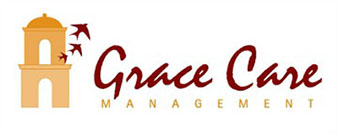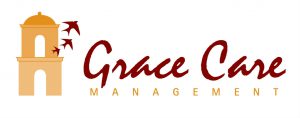Most everyone wants to stay out of a nursing home as they get older. Some people are able to stay home but many people need to have more help than is available at home.
As our loved ones age, most of them have some combination of chronic illnesses that present constant challenges. Some will need ever increasing help in managing their health issues. Many are just lonely and unable to meet their basic “activities of daily living” without some assistance.
Whether at home or in “assisted livings” as they’ve come to be known, there are some common things that take elders out of their homes and to the nearest emergency rooms.
Many of these things can be avoided by doing some simple things on a regular basis.
These things are referred to by the founder of the nationally respected “Transitional Care Model,” Dr. Eric Coleman as the “four pillars” of transitional care.
Truth be told there are many more than the “four pillars” that the Coleman model uses in their framework however these are the basic and most common tools used by all professional geriatric care providers in providing good chronic disease management at home or in non-medical environments.
Here’s a short list and explanation of how important each one is and how easy it is for a family member to get these in place. If you need help, call Grace Care and we’ll help you set these up.
Physician appointment calendar:
Make sure that the appointments your loved one has with their doctors are made in timely fashion and are actually attended with full information transferred to all caregivers, whether family members or agency caregivers. If you or a family member is acting power of attorney for health care and you are not able to attend doctor’s visits, you can ask for the visit notes to be faxed to you after each physician visit.
Communication with all medical providers:
Two way communication with your loved one’s physicians is critical. Coordination of care between multiple medical providers is an important key to managing chronic illness well at home. Each doctor needs to be kept current on what medications and treatments the other doctors have initiated. Reactions to new medications and all changes in condition need to be reported to appropriate physicians on a regular basis.
Medication list:
Keep a medication list that documents all medications; when they were started and stopped; what doses and what times they are given. Make several copies so that all routine providers as well as emergency medical providers have access to a current medication list. Include allergies to medications, including the specific reactions to each medication on the list.
Vital signs:
Keep a record of vital signs taken as often as needed. Vital signs include: Temperature, Heart Rate or Pulse, Respirations and Blood Pressure. These readings are a “snap-shot” into your loved one’s real time medical status.
A digital blood pressure cuff will measure both blood pressure and heart rate. This data is easy to collect and an extremely important window into the medical status of your loved one. For those taking hypertension medications, blood pressure should be taken before blood pressure medications are given to make sure that the medication doesn’t drop blood pressure or heart rate too low. The same is true with diabetes medications. Always check to make sure it is safe to give these powerful medications.
Many falls and adverse events are caused by “over medication” with the prescribed doses at the prescribed times.
Weights are also an important metric for those with hypertension and cardiac disease. Weights should be taken daily for anyone with congestive heart failure (CHF). Weight gain of over five pounds in one week should be reported to the physician as it can be connected to fluid retention which will directly impact respiratory status. Ask your physician for “parameters” to use so you will know when to hold these medications.
Blood sugars should be checked with a “glucometer” per your physician’s order and documented. Again, ask your physician for medication parameters.
For those with respiratory problems, a “pulse oximeter” will measure the oxygen level in blood by using a small device that fits on the end of a finger. You will know by monitoring the “oxygen saturation” by digital read out when to use oxygen.
(All of the monitoring tools mentioned here are available for purchase from your local pharmacy.)
These measures can be adapted at home or in assisted living facilities. Caregivers, family members or care facility staff can perform these basic assessment techniques.
However they are adapted, it is clear that these functions are critical to good management of an elder’s multiple chronic medical issues.
Make sure that these things are happening on a regular basis and changes communicated to all medical providers. This is the only way to assure your aging loved ones continue to enjoy optimum health and the highest quality of life possible.

